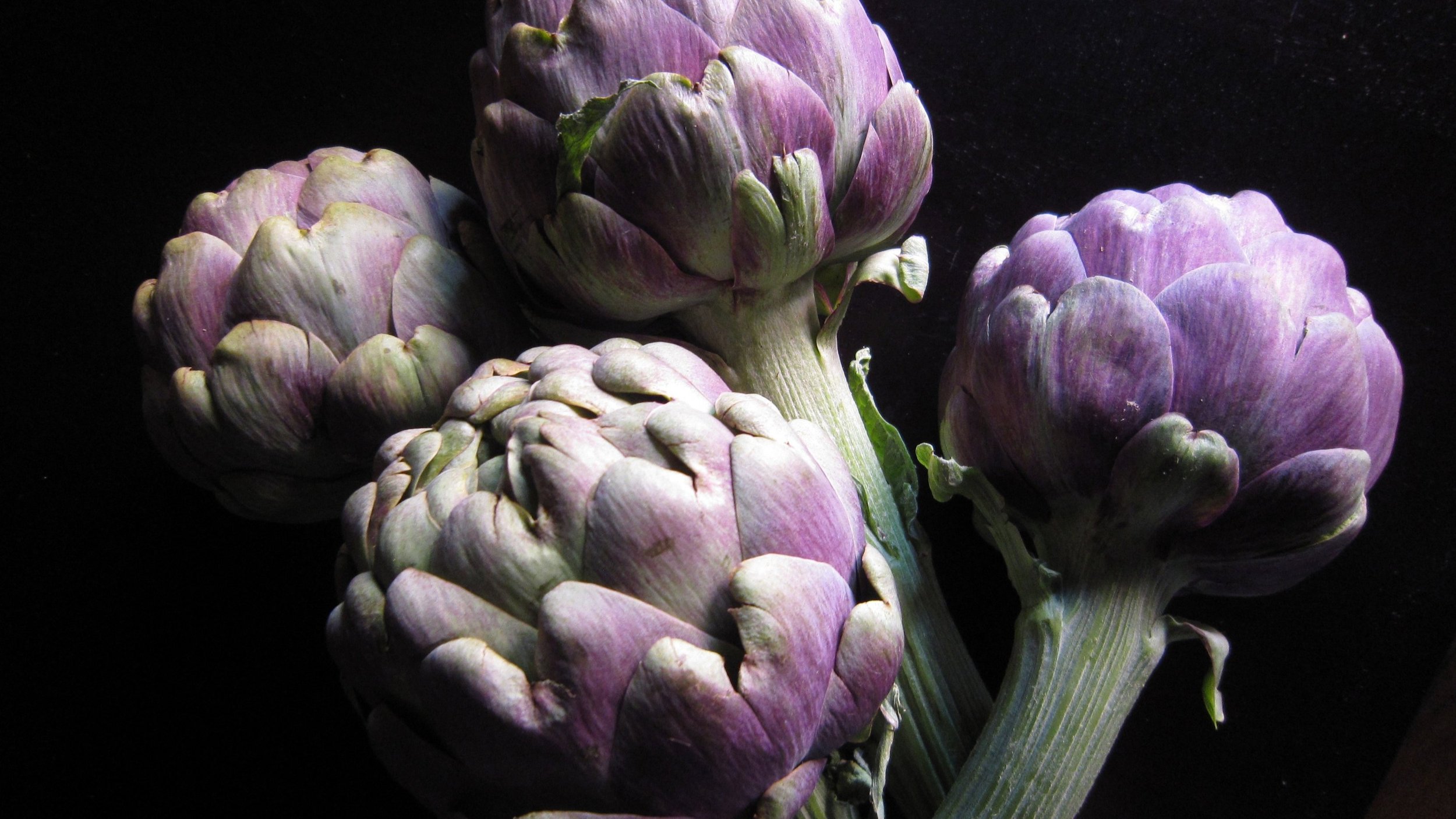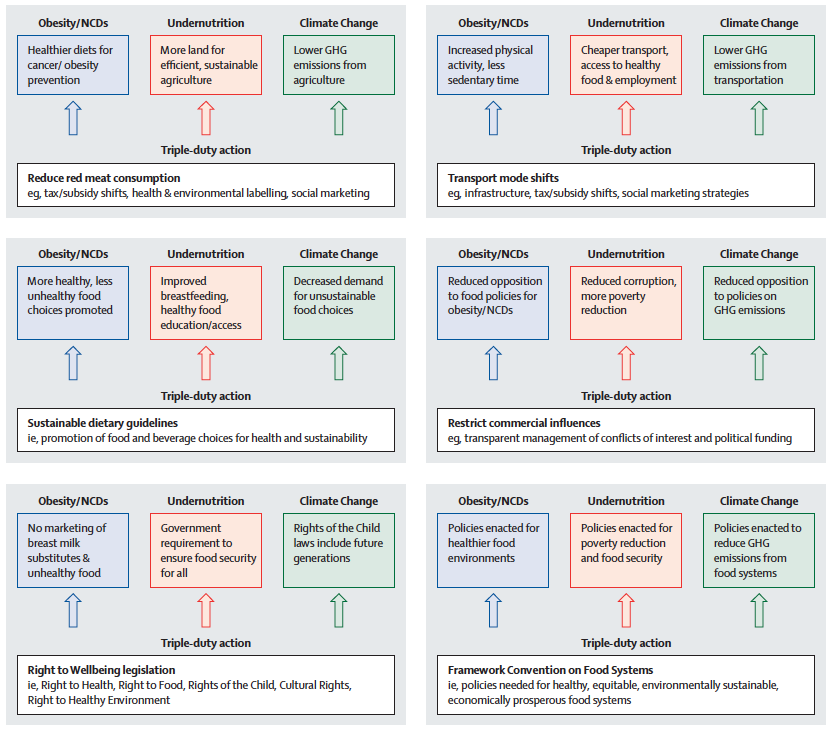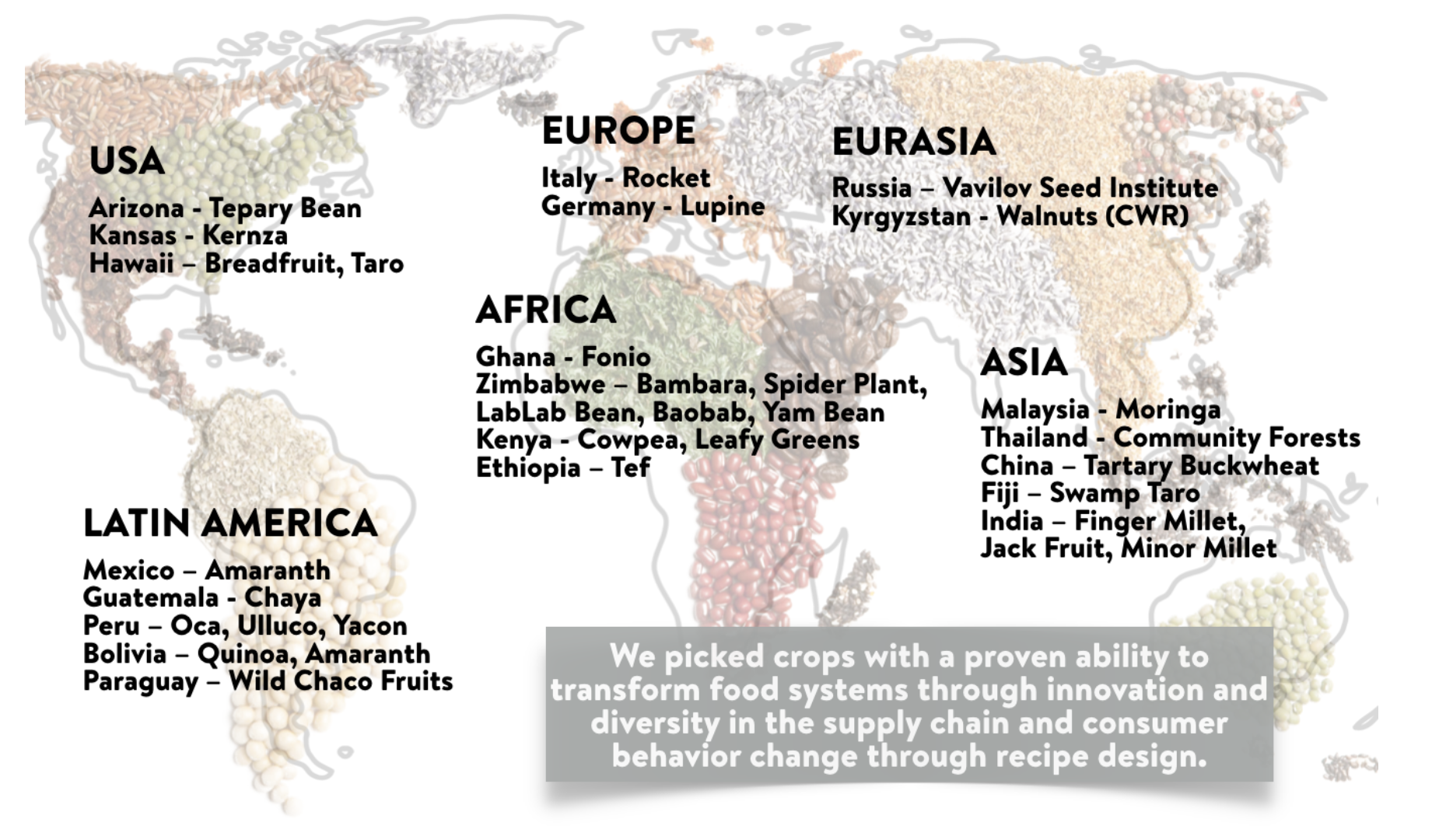Food Bytes is a weekly blog post of “nibbles” of information on all things food and nutrition science, policy and culture.
The month of June was filled with lots of food-related action - meetings, conferences, prizes and elections. Let me tell ya, it was hard to keep up. The question is, what is the result of all these meetings and the environmental footprint of moving all these bodies from meeting to meeting? Does it actually shift the agenda in positive directions? Are we all just talking to our friends? Is it just a way to keep us busy posting photos and videos on twitter? I wonder sometimes. I am not criticizing. I am a part of the problem. But I do think it is time to rethink what all this effort is amounting to, and for who.
The UN Food and Agriculture Organization, also known as FAO, hosted a Future of Food Symposium with some dynamo speakers, but not a lot of action coming out of it. FAO also just announced the election of their new Director General. His name is Qu Dongyu from China. He is currently the Vice Minister of Agriculture and Rural Affairs of China. Makes sense. China is a giant and is greatly shaping the world’s food system. Looking forward to seeing his vision. He has a lot of work to do…
The American Society of Nutrition @nutritionorg hosted their annual nutrition conference, right upon Johns Hopkins doorstep in Baltimore. Lots of diverse science being presented and also lots of controversy around sponsporship of events and significant presence by industry. I was only there for a day but that was about all I could take sitting in an over air-conditioned window-less conference center looking at powerpoint after powerpoint. That said, it is a great way to get caught up on the latest science. And Marie Ruel, a stellar international nutrition scientist at IFPRI, was awarded the Kellogg Prize for Lifetime Achievements in International Nutrition. Well deserved. Her talk is here. I highly recommend reading Marie’s incredible body of work. Much of it can be found here. You will see why she got the award - she accomplished so much over the last 30+ years. And she still has more to do!
The @EATforum Stockholm Food Forum, also an annual affair, took place. Glitz? Check. Grand? Check. Aspirational? Check. But what’s next? The impact of EAT is yet to be seen and it remains unclear on where they will go from here. Do they do advocacy? Policy? Science? I did the opener with Johan Rockstrom or also known as Johan Rockstar. It was fun. The video is below. One thing is clear to me, if they are advocating for a better food future for all, they need to take the show on the road.
Speaking of EAT, the EAT Lancet Commission fall-out keeps churning. Some of the authors of the Commission provide some explanation of issues raised by other scientists on the environmental targets here in a Lancet short response/commentary. Another study put the EAT-Lancet reference diet to the test among a large prospective cohort of British adults. The researchers found that the diet has beneficial associations for ischaemic heart disease and diabetes, but no association with stroke and no clear association with mortality. The media continues to churn out pieces on sustainable diets and mentioned the EAT Lancet report. Great that the work is garnering so much attention in the popular press but what now? Some highlights in the last few weeks:
This Vox piece closely examines what our diets will look like in a hotter, drier climate. Lots of talk (literally - it is an interview style piece) on the future of food and technology.
The Eater highlights the rise of the plant-based burgers in particular, the Impossible Burger, and how fast it went viral. Seems everything David Chang touches turns to gold.
Stepanie Feldstein also wrote for Yes Magazine about the plant-based burgers and argues that while it won’t save the course we are on with climate, small individual actions do matter, and manifest in different ways.
This Devex article asks about the relevancy of the EAT Lancet report to the global south. Good question. One expert from Liberia indicated that many in her country don’t even know about the report. That is not a surprise. That said, in the talks I have given on the report, I have emphasized what it does and does not mean for Africa and Asia (as well as what the report did and did not do), as a researcher who squarely works in both continents. Still a lot of work to do to ensure the global findings of the report translate in appropriate ways that ensure livelihoods and culture are considered right along with health and environmental challenges for particular, diverse country contexts.
I had to laugh at the title of this Guardian article. “Most 'meat' in 2040 will not come from dead animals, says report.” Why does that sound scary when taken at face value?
Okay enough on that! The @WorldFoodPrize 2019 winner was announced this month. The prize will go to Simon Groot, a Dutch vegetable “seedsman” where he started the East-West Seed Company reaching over 20 million smallholder farmers. More about his life can be found here. Not sure how the World Food Prize calculates the reach. I recall last year they credited shared prize winners Haddad and Nabarro, with “reducing the world’s number of stunted children by 10 million between 2012 and 2017.” While these two giants definitely made contributions, how did they get to that number?
Two publications on India just came out that I highly recommend. The first is a book, published by the great Prabhu Pingali and colleagues on Transforming Food Systems for a Rising India. It is a part of a book series by Chris Barrett at Cornell, on Agricultural Economics and Food Policy. I will publish a book on food systems for nutrition in mid 2020. At the same time, the Global Food Security Journal just published an article on future diets in India. They show that by 2050, there will be projected increases in per capita consumption of vegetables, fruit and dairy products, and little projected change in cereal (rice and wheat) and pulse consumption. Meat consumption is projected to remain low. The question remains, what will that mean for their production and food supplies and their nutrition outcomes?
Future direct consumption trends in India by Alea-Carew et al 2019 GFS Journal
Much being written about the food system front these days. To start, Nicholas Kristof, Opinion Columnist for the New York Times, in all of his eloquence highlighted the obscene inequities of our food system. He wrote:
“If some distant planet sends foreign correspondents to Earth, they will be baffled that we allow almost one child in four to be stunted, even as we indulge in gold leaf cupcakes, $1,000 sundaes and half-million-dollar bottles of wine.”
Guido Schmidt Traub and colleagues from the Food and Land Use Coalition argue that there are three ways to fix the food system in Nature. I agree with their three pillared approach (see figure below) but how? and with what investment? More details please! And if you don’t even know what I am talking about when I say “food system”, Corinna Hawkes and colleagues lay it all out in a policy brief. She also has another brief on why food systems matter for policies. I really like these - and there are more to come. Marion Nestle also lays out what it would take to change the United States food system. Marion is so practical. I would love to see her do more global work. Maybe we all need a dose of her realism.
What it would take to change the food system. Schmidt-Traub et al 2019 nature
The SDSN Network hosted an online conference on nutrition-sensitive agriculture from 3-5 June, 2019. Nutrition-sensitive agriculture offers great potential for achieving SDG 2, as it connects agricultural development to improved nutrition outcomes. Many nutrition-sensitive agriculture interventions have been applied in recent years. This e-conference aimed to turn the evidence coming from these interventions into concrete recommendations for practitioners. Close to 1,000 people from all over the world registered for this e-conference, taking part in three live sessions and interacting via an online conference platform. We had great speakers — Matin Qiam, Harold Alderman, and Agnes Quisumbing — who highlighted the latest research. Missed it? All the powerpoints and videos can be found here.
Speaking of SDSN, they are also responsible for the SDG Index. The 2019 report just came out. Do indices really do much? Do they spur action?Guess who ranked number one in the world in moving towards achievement of the Sustainable Development Goals? Denmark followed by Sweden. What a shocker! Last? Central Africa Republic. Second worst? Chad. Triste…Looking at the OECD countries, the USA is awful. Yo Trump, I thought you were going to make America great again. Yah, right.
OECD Progress on the SDGs (2019)
But it ain’t just America my friends, Italy is struggling on many fronts. Just coming back from Rome, I am reminded about the scale of the rubbish there. And now it seems the trash problem is becoming a public health hazard. Such a beautiful dazzling city ruined by poor management. Oh, and tourism. Mamma mia.
Speaking of indices, Bioversity just released their Agrobiodiversity Index Report which assesses dimensions of agrobiodiversity in ten countries to measure food system sustainability and resilience. Strangely, only 10 countries are shown. Not sure why there are not more. Would be interesting to know if this will be more widespread. And if you think dedicating a day to biodiversity is important, think again. @AgroBioDiverse lays out why he dislikes the International Day for Biological Diversity. I actually completely agree with him. I have very similar sentiments with the Decade of Nutrition…



